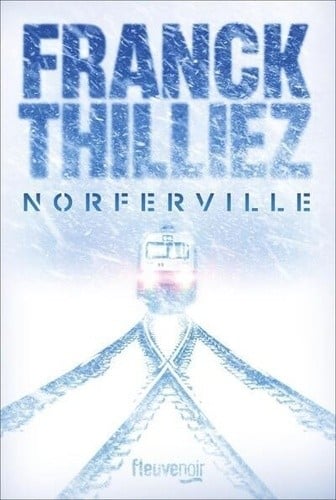En cours de chargement...
Universes in temporal collision and general theory of relativity
Would the nature be the greatest collider of all times?
The important questions of cosmology are most of the time related to the universe shapes, the cosmological fluids ( dark energy, dark matter, Baryonic matter, radiation) and also the expansion of the universe. The 2011 Nobel prize rewarded Saul Perlmutter, A G Riess and B P Schmidt for their work demonstrating the acceleration and the expansion of the universe for about 5 billions years.
Their work has expressed, of course, measures of density parameters and expansion at that time, like nowadays. More recently, the 2013 Planck experiment has confirmed and completed these measures with accuracy.
Moreover, the current cosmological standard model makes appear our universe as belonging to a « 3-sphere ». Nothing can prevent us to imagine that it could simultaneousely belongs to two "3-sphere" in collision So, With the help of these awarded and recognized observations, the current essay develops the image of hyper spherical universes in temporal collision as a possible geometric solution of the Friedman-Lemaitre equations in the general theory of the relativity.
Four observable consequences of this image are approached:
1- the density parameters from the Friedman Lemaitre equations, are expressed in hyper spherical geometry, according to one single parameter a(t) ( 0 ? a ? p )
2- the universal constant C, speed of light, appears to be the temporal collision speed feature of two hyper spherical universes, which gave birth to our universe.
3- delayed time: the delayed time defined by the standard cosmological pattern, perfectly coincide with the geometrical delayed time of collision during the last 4 billions years.
time doesn't pre-exist. For the observer who we are, Time arises with the collision and disappears with it. Perception of time, its arrow and measure, is directly linked to the angle variation a(t)which grows from 0 to p .
4- the universe expansion, measured by the Hubble constant, could have reached its maximum about 100 millions years ago (i.e nowadays!). We would be now in a deceleration process.
This could explain why the actual measure of the expansion (H0 = 67.3 Km/s/mpc) seems to be constant on a distance of about 60 Mpc, according to the "Hubble law". -This constant of the expansion H0 concerning this period of time, gives the interval of validation of the current image, through the interpretation of the Friedman Lemaitre equations. -At last, the same measures of the expansion rate, showing its acceleration for 5 billion years according to the Nobel prize 2011 , show as well, with a better correlation, the signature of a universes collision and the deceleration of the expansion nowadays ! (Slowing Down Expansion)
Jean-Paul LAURENT (jp.laurent.lra@free.fr) Janvier 2016






